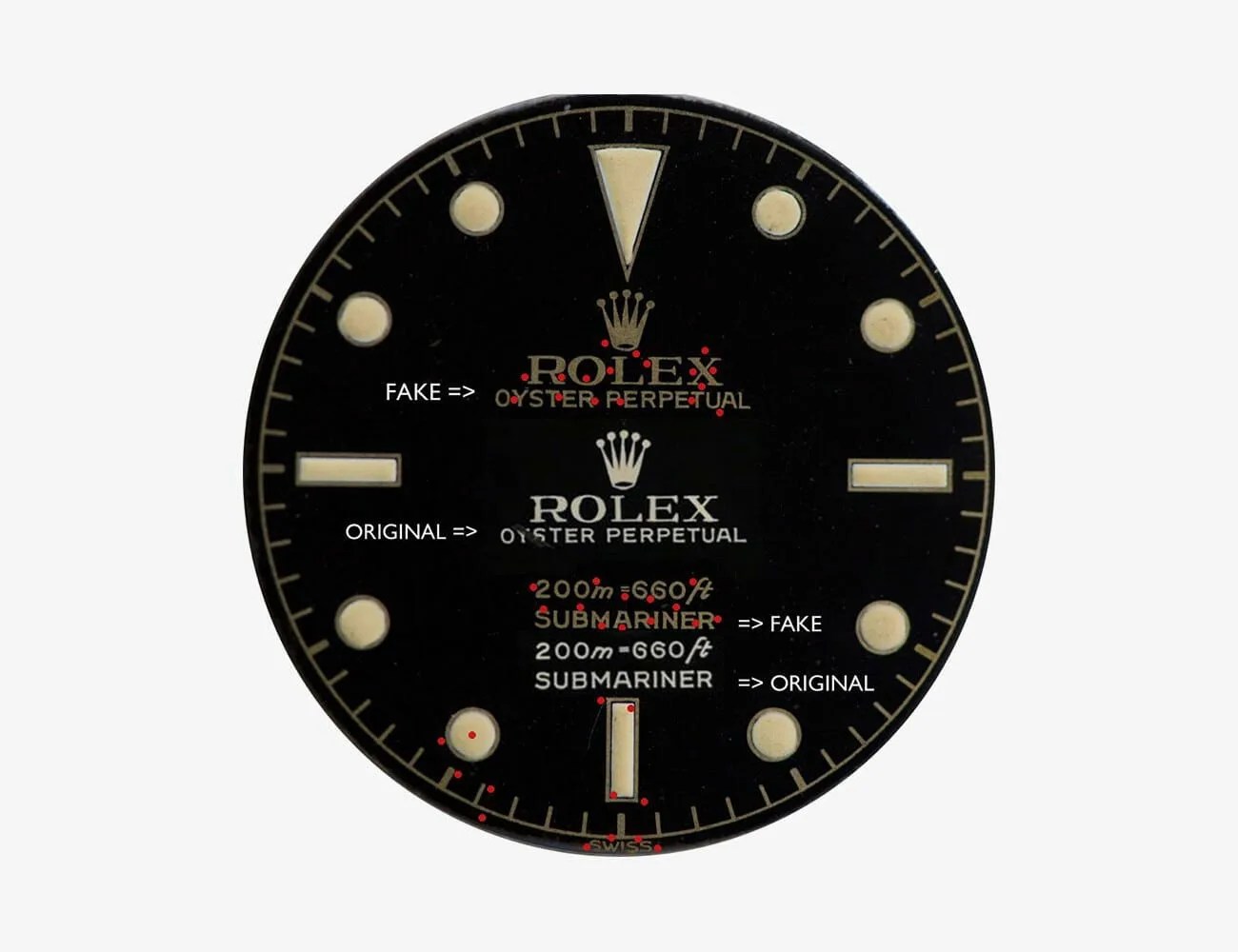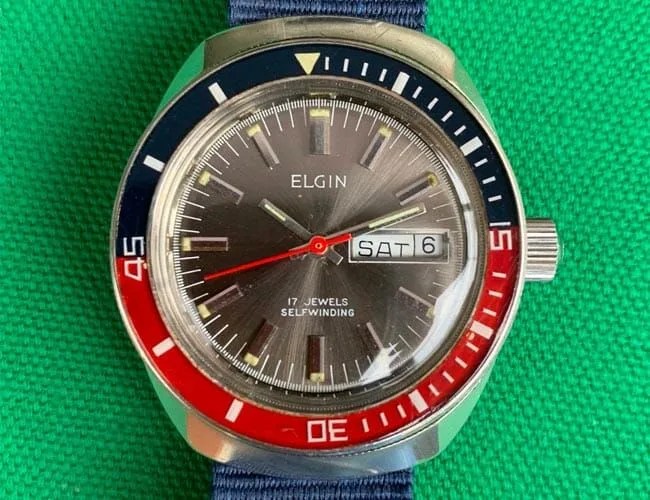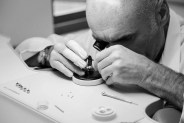How does one break into the confusing, esoteric world of watch nerdery? Our new column, “How to Be a Watch Guy,” aims to answer all your new watch guy questions, and help you navigate the always exciting — but sometimes intimidating, complicated, and pricey — world of watches.
About six years ago, when I was just getting into watches, I started hankering for a new watch. I’d just bought my two first watches, a Seiko 5 “Sea Urchin” SNZF dive watch, and a Seagull 1963 Chronograph. Each was new and cost me upwards of $150. I was still a lowly editorial assistant living in New York City, and there was rent to pay and food to buy. These were significant purchases; I felt as much guilt buying them as I did pleasure. I surely couldn’t afford even the cheapest new mechanical watch. The solution, as it is for many young, new watch seekers, was to buy vintage.
The watch I found on eBay purported to be an HMT Jawan, made by Hindustani Machine Tools, a machinery company nationalized by the Indian government in 1953. It cost almost $40. I knew I was ostensibly taking a risk — my coworkers told me it might be a fake. But c’mon, I thought. Forty bucks! I spend that on coffee every two weeks. Its picture on eBay showed a black dial with bright green lume, sword hands, and a dark leather strap. I clicked “Buy It Now.”
More “How to be a Watch Guy”
• How to Find a Watch Repair Shop You Can Trust
• How to Find Your First Watch Meetup
• How to Trade a Watch
• How to Pick the Watch Size That’s Right for You
HMT once made all sorts of things: tractors, bearings, watches, die casts. They did not make my Jawan. I knew I’d been rooked the second I opened the box. The dial looked like paper. Its “Jawan” font, calligraphic online, actually looked pixelated. I took it to a friend who sold vintage watches — legit ones — and, when he popped the case back off and looked inside, he said simply, “Frankenwatch.” My vintage watch wasn’t a find. It was a monster.

Nowadays, it comforts me that I’m not alone. “It’s a complete wild west,” says Eric Wind, founder of Wind Vintage. Wind made his name as a vintage watch expert, sourcing watches for Christie’s watch auctions, where lots sometimes sell for millions of dollars. His work has made him wary. “Especially when you’re not an expert, the odds are very high you will buy something that’s fake or not correct,” he says. (He also notes that it’s far, far easier to tell a fake vintage watch from a fake new watch. Rolex fakers have gotten incredibly good at their craft, and they seem to have infiltrated the world of legit secondhand sellers. See this recent controversy in Australia.)


